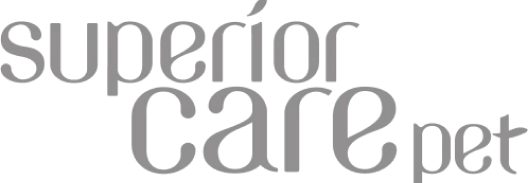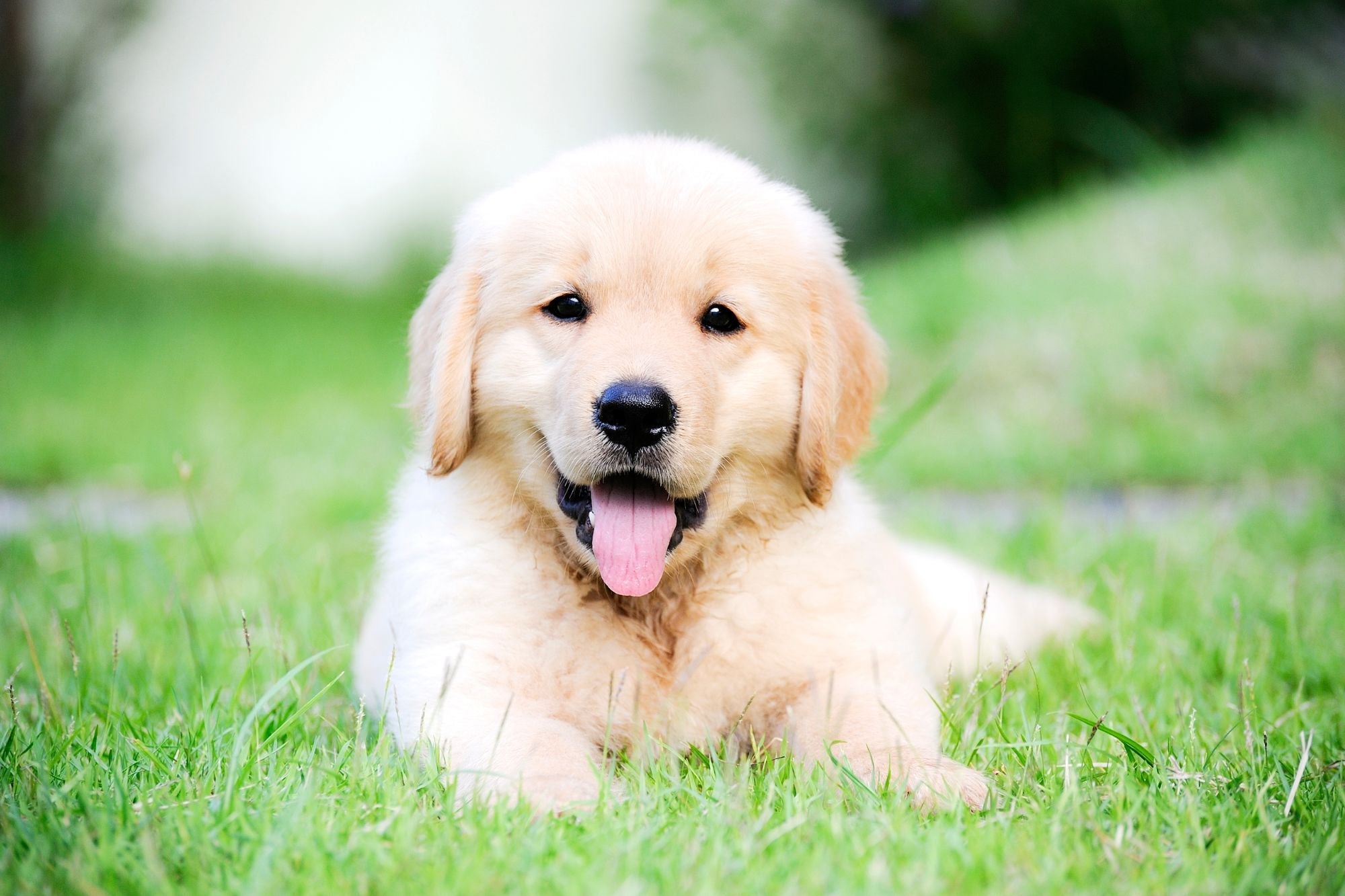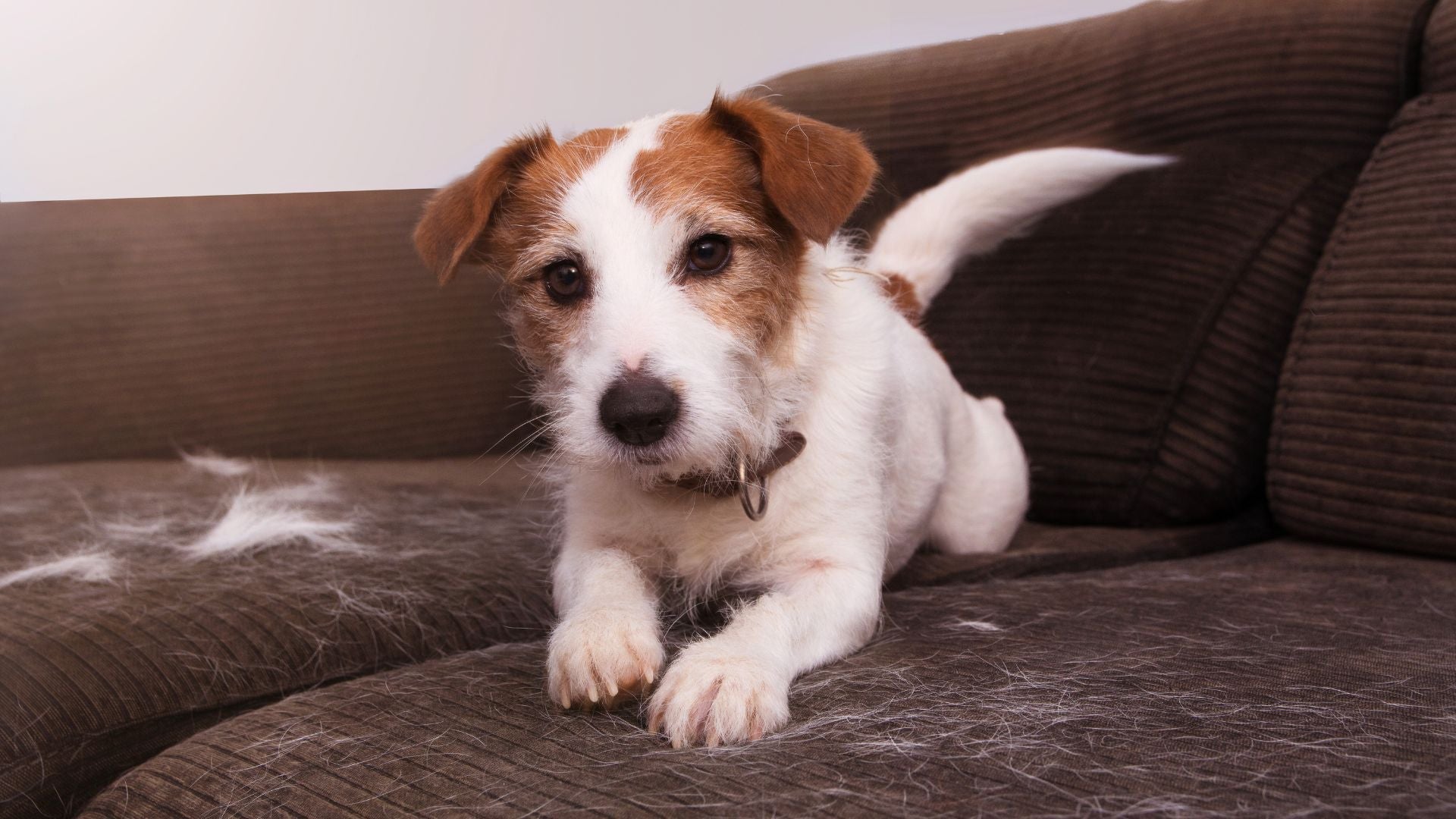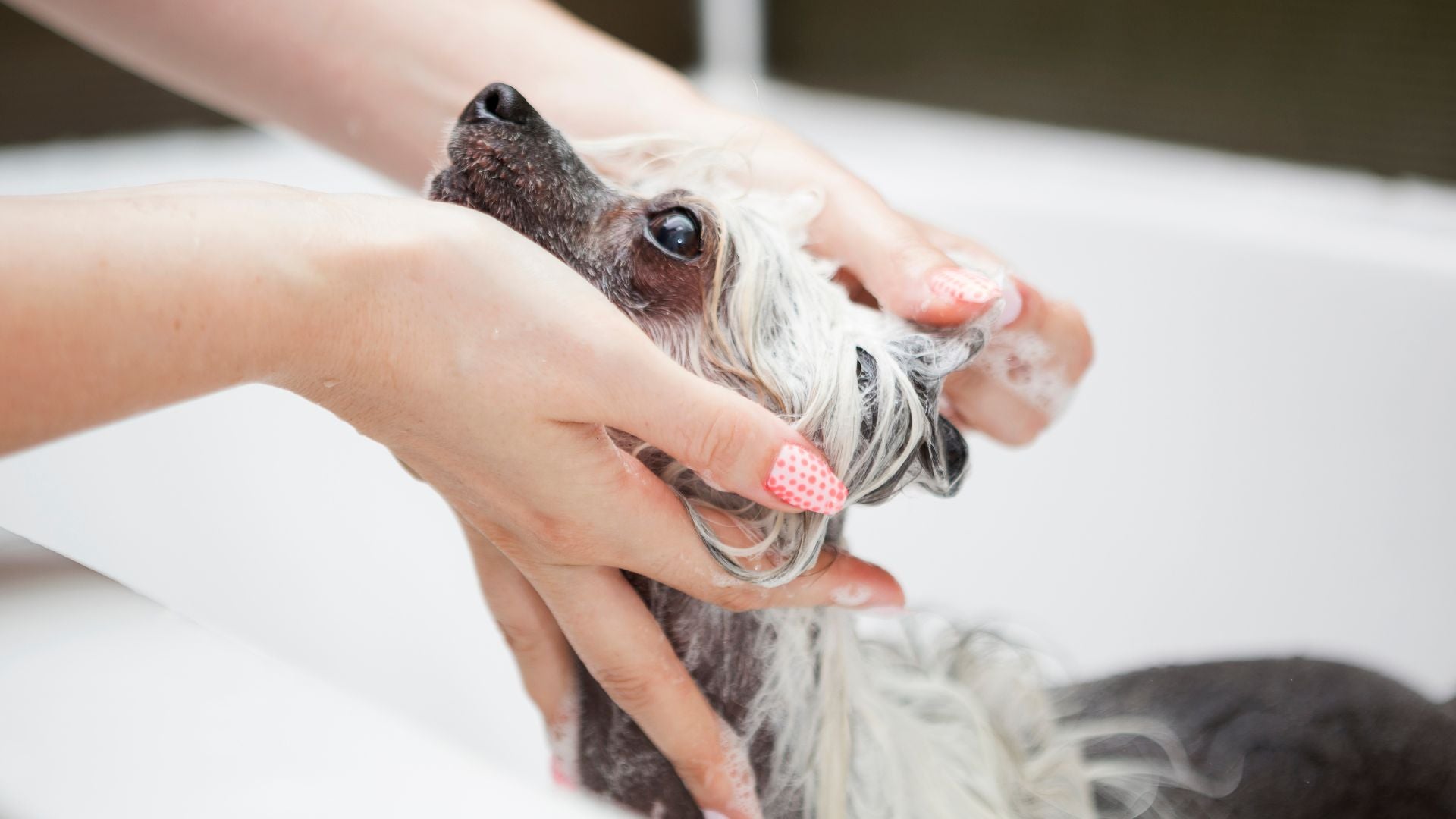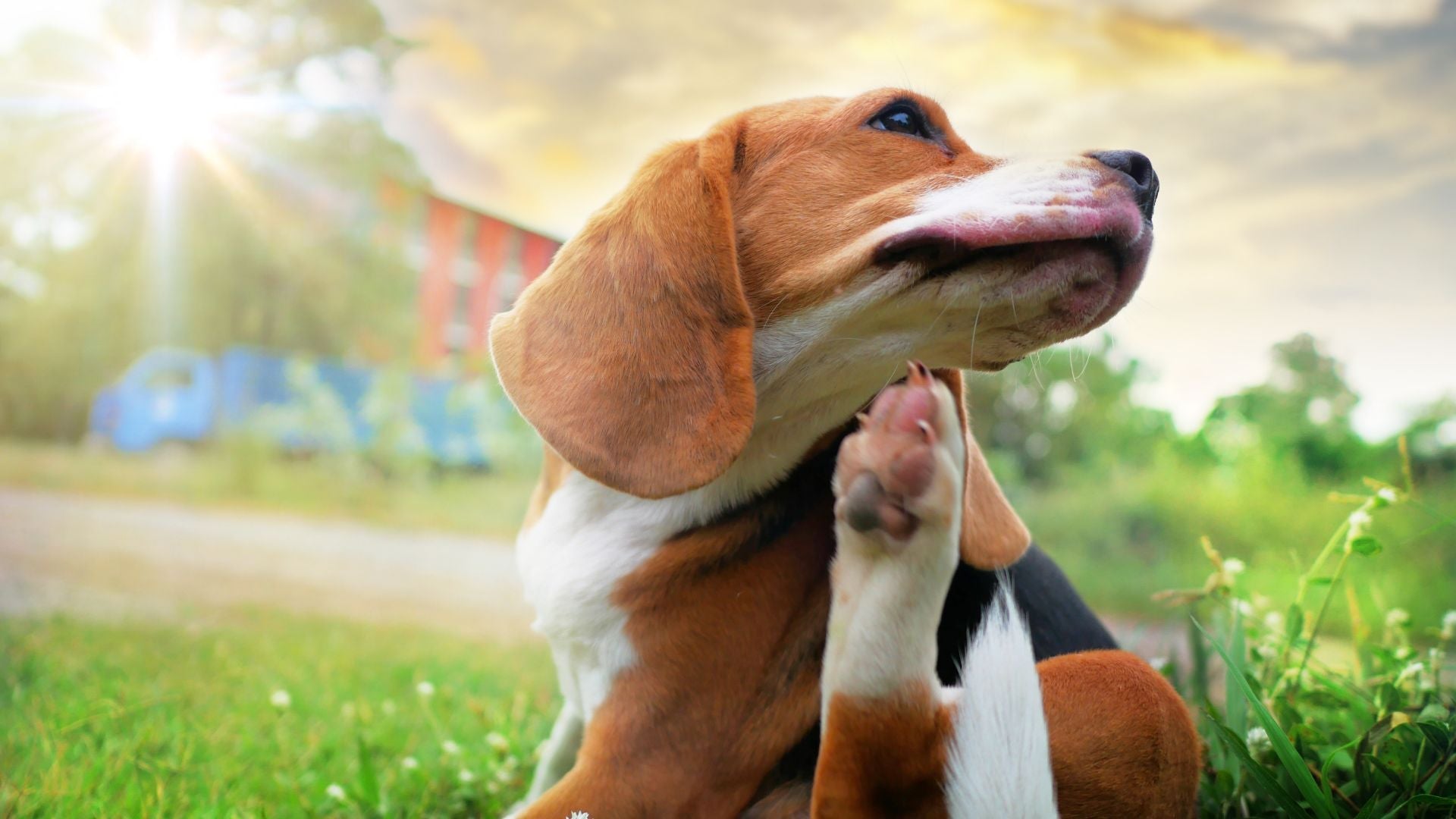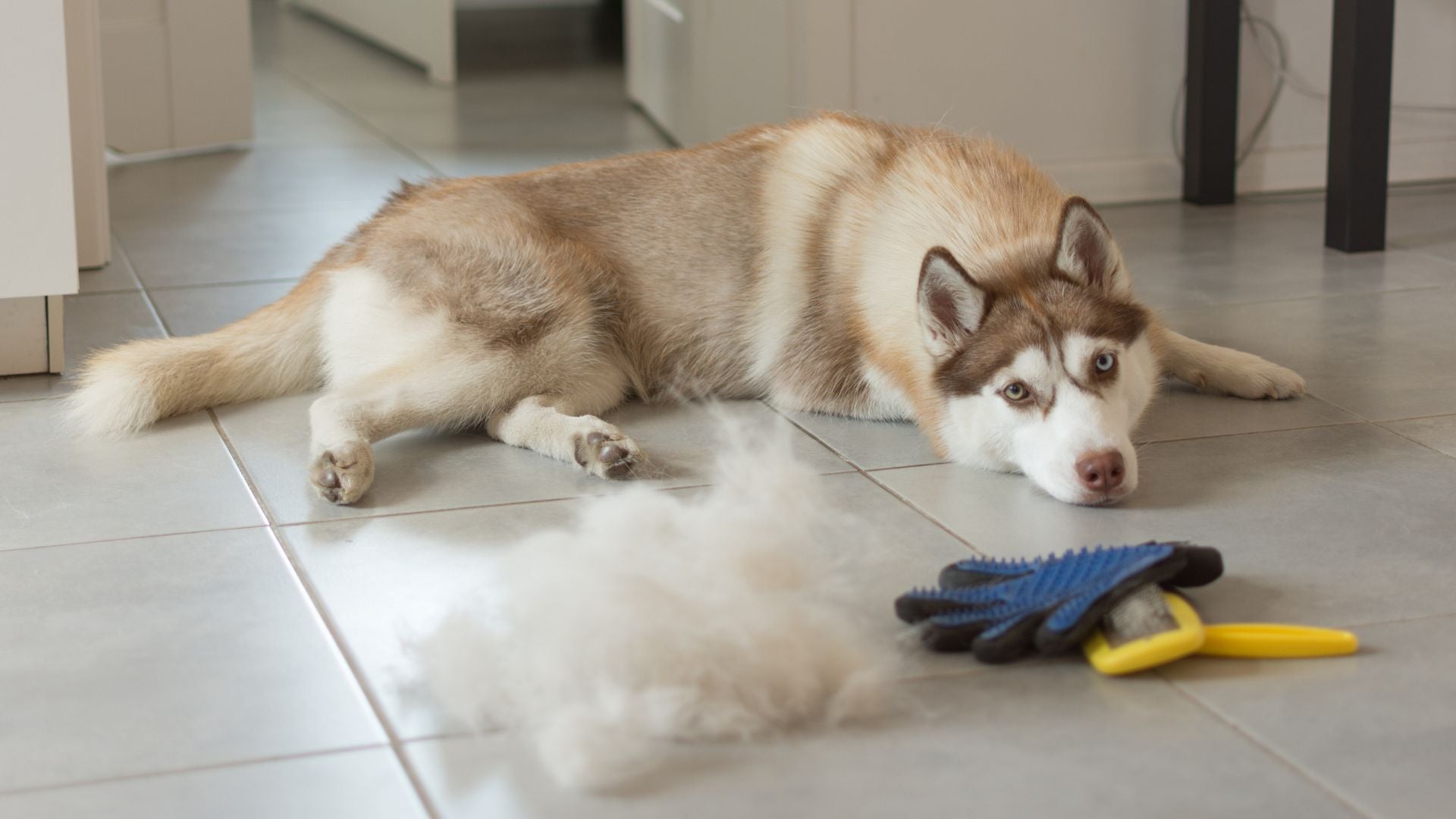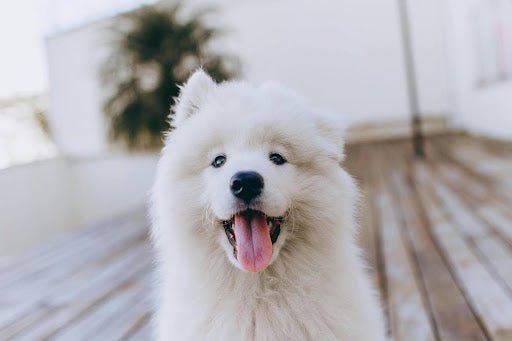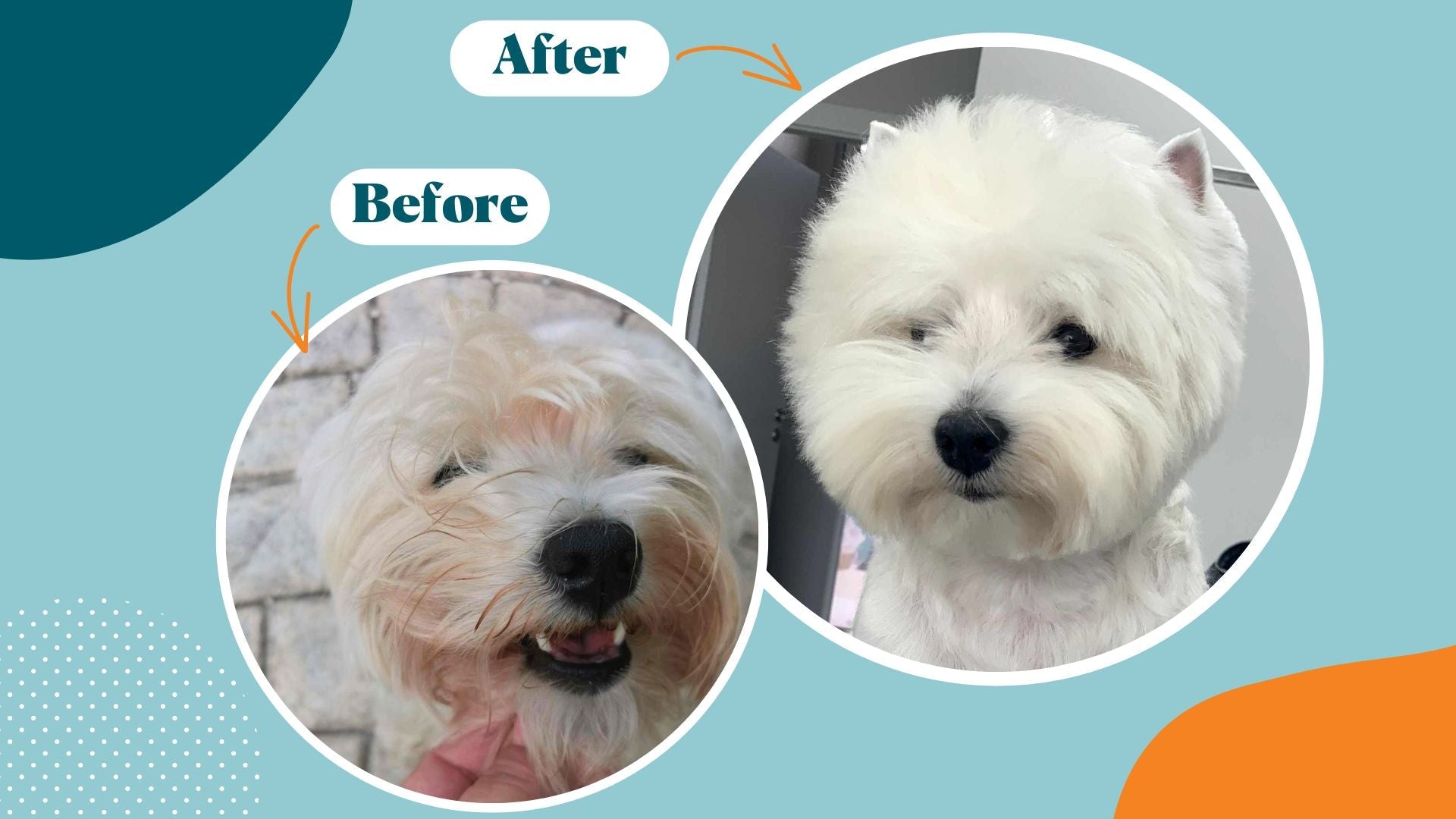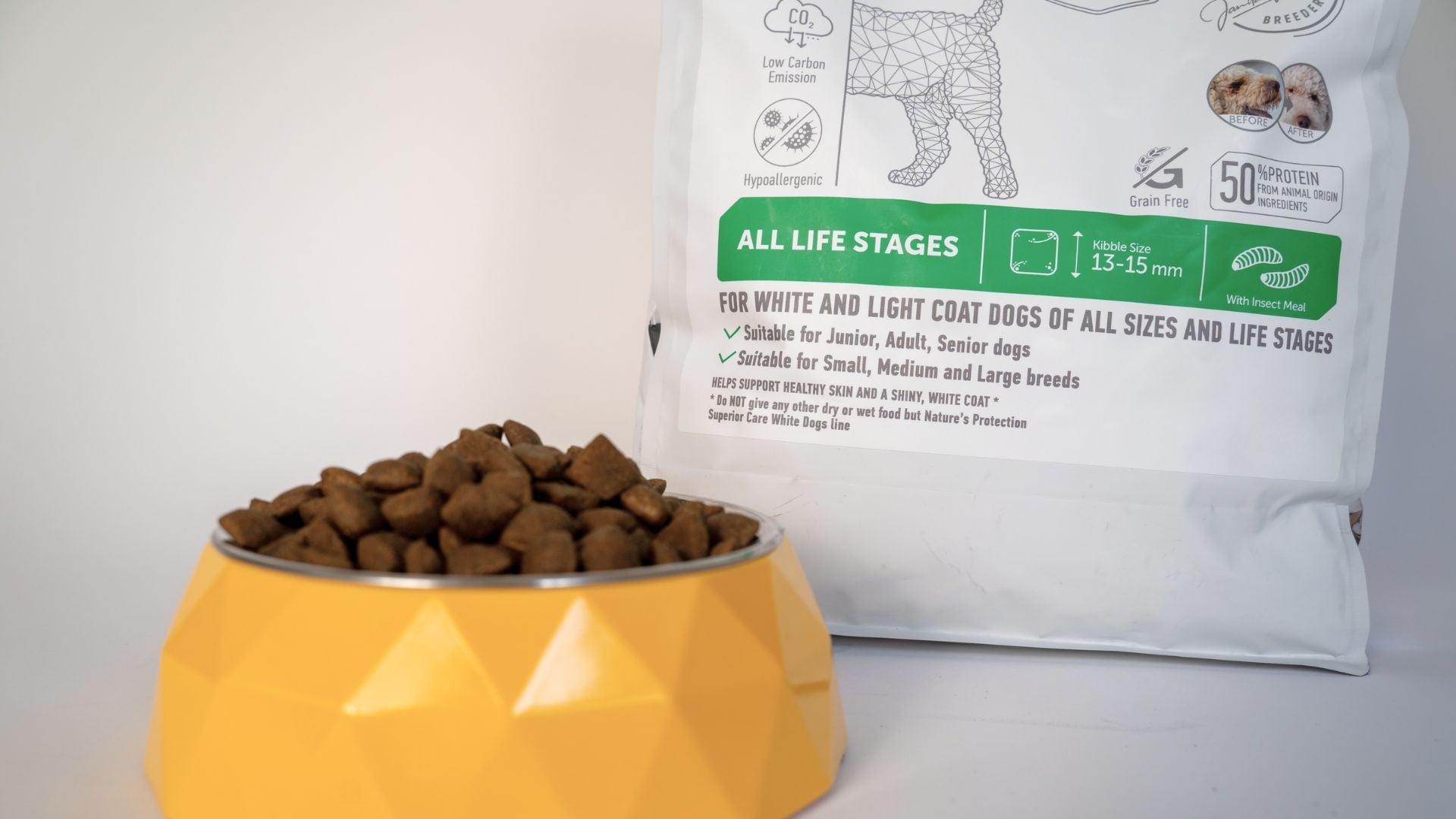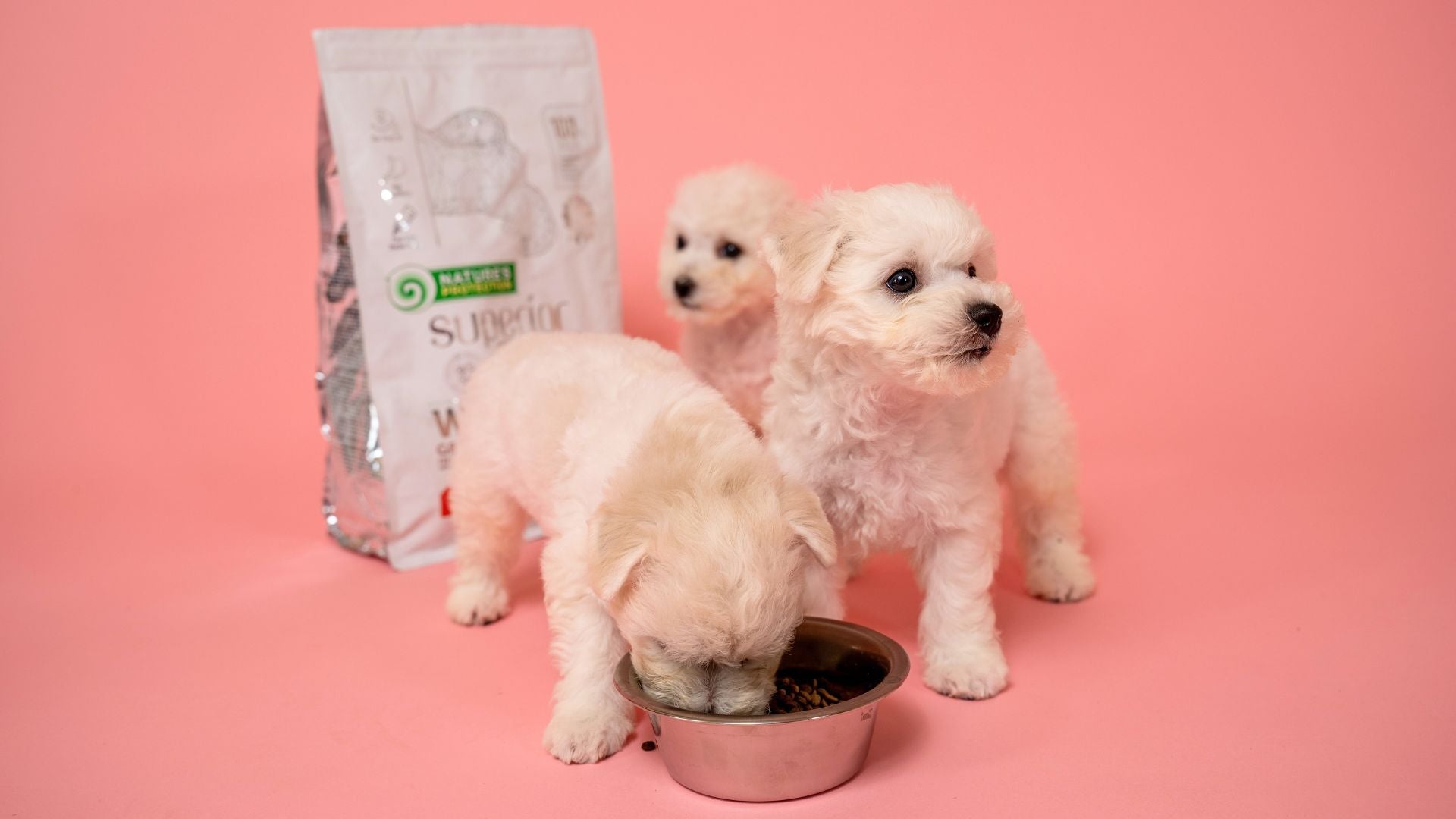In the world of dog care, there's a crucial aspect that often goes overlooked by many pet owners – regular fur care. As a seasoned dog breeder, professional groomer, and the creator of Tauro Pro Line grooming products, I've witnessed firsthand the transformative impact of proper grooming on a dog's well-being.
In this comprehensive guide, we'll shed light on the importance of regular fur care for dogs and how choosing the right brush can be the linchpin of a healthier, happier life for your furry friend. This article provides an overview of the essential topics we'll explore, guiding you towards becoming the best caretaker for your canine companion's coat.
Understanding Your Dog's Coat Type
2.1.1. Different Coat Types
Puppy fur care demands gentle handling and age-appropriate grooming techniques to ensure a positive and comfortable experience for young dogs. Understanding the distinct coat types is crucial when it comes to grooming your dog effectively. Here are some common coat types and their characteristics:
- Short Coat: Short-haired dogs, such as Dachshunds or Boxers, have hair that is typically less than an inch long. These coats are low-maintenance and less prone to matting. For short coats, a bristle brush or a rubber brush works well. Bristle brushes help distribute natural oils, while rubber brushes remove loose hair effectively.
- Long Coat: Breeds like the Shih Tzu and Maltese have long, flowing hair that requires frequent grooming and regular brushing with a slicker brush to prevent matting and tangling. Pin brushes are also useful for maintaining the length and shine of the fur.
- Curly Coat: Poodles and Bichon Frises are known for their curly or wavy coats, which can become easily matted if not properly cared for. Curly coats benefit from a slicker brush or pin brush to prevent mats and tangles. It's important to brush these coats thoroughly to maintain their texture.
- Double-Coated: Breeds like Pomeranians, Siberian Huskies, and German Shepherds have a dense undercoat beneath a longer topcoat. This double coat helps regulate their temperature but requires specific grooming techniques. A deshedding tool is essential to remove loose undercoat hair. A slicker brush can help manage the topcoat.
Fur Care Goals
Effective grooming is more than just a cosmetic endeavor; it serves several essential fur care goals:
- Removing Tangles and Mats: Tangles and mats can be painful for your dog and may lead to skin issues if left untreated. Regular brushing with the appropriate brush can help prevent and remove these tangles and mats.
- Shedding Reduction: Shedding is a natural process, but excessive shedding can lead to a messy home and discomfort for your dog. Deshedding tools are specifically designed to reduce shedding by removing loose undercoat hair.
- Natural Oil Distribution: Your dog's skin produces natural oils that contribute to a healthy coat. Proper brushing, particularly with bristle brushes, can help distribute these oils evenly, leaving the coat shiny and vibrant.
Types of Dog Brushes
Choosing a dog brush and understanding their specific benefits is key to effective grooming routine:
- Bristle Brushes: Ideal for short coats, these brushes help distribute natural oils, making the coat shiny and healthy.
- Slicker Brushes: Slicker brushes are versatile tools, especially effective for preventing matting and tangles in long-haired dogs. They come in various sizes and pin lengths to suit different coat types and sizes of dogs:
- Small Slicker Brushes: These are perfect for small breed dogs or those with delicate coats. The fine, short pins make them gentle and suitable for precise grooming.
- Medium Slicker Brushes: Medium-sized slicker brushes work well for dogs of moderate size and coat length. They offer a balance between coverage and precision.
- Large Slicker Brushes: Designed for larger breeds or dogs with extensive fur, these brushes have a broader coverage area, making grooming efficient.
- Long Pin Slicker Brushes: These brushes are suitable for breeds with long, flowing coats. The longer pins penetrate deep into the coat to prevent matting.
- Short Pin Slicker Brushes: Short pin slicker brushes are excellent for dogs with shorter hair. They help remove loose hair and stimulate the skin.
- Pin Brushes: These brushes are versatile and suitable for various coat types. They have widely spaced pins that help detangle, remove loose hair, and improve blood circulation by massaging the skin.
- Deshedding Tools: Essential for double-coated breeds, these tools effectively remove loose undercoat hair, reducing shedding.
- Rubber Brushes: Great for short coats, rubber brushes gently massage the skin while removing loose hair.
- Combs: Combs are useful for removing tangles, particularly in long-haired breeds, checking for remaining mats or debris in the fur, and styling. They can also be handy for adding a bow or other accessories to your dog's coat for special occasions.
By matching your dog's specific coat type to the appropriate brush, you'll be equipped to maintain their coat health, prevent matting, and ensure a comfortable grooming experience.
Considering Your Dog's Sensitivity
Grooming isn't just about keeping your dog's coat in top shape; it's also about ensuring their comfort during the process. Brushing resistant dogs may require gradual desensitization and positive reinforcement techniques to help them become more comfortable with the grooming process. Here's what you need to consider when it comes to dog coat sensitivity:
- Factors Affecting Your Dog's Comfort During Brushing: Several factors can influence how comfortable or uncomfortable your dog feels during grooming. These include the pressure applied during brushing, the texture of the brush bristles or pins, and your dog's individual temperament.
- Choosing Brushes with Soft Bristles or Gentler Materials for Sensitive Dogs: If your dog is particularly sensitive to grooming, it's crucial to select brushes with softer bristles or gentler materials. For example, a brush with padded pins or rubber bristles can provide a more soothing grooming experience for sensitive dogs.
Through a comprehensive understanding of your dog's sensitivities, dog fur care objectives, and the alignment of various brushes with these requirements, you can establish a grooming regimen that ensures your dog's comfort and enhances the health and vibrancy of their coat.
Conclusion
The world of dog grooming is as diverse as the breeds themselves, and choosing the right brush is a pivotal step in ensuring the health and happiness of your beloved pet. By understanding your dog's unique coat type, sensitivities, and grooming goals, you can select the perfect brush to cater to their specific needs. Regular grooming not only keeps their coat in top condition but also fosters a deeper bond between you and your furry friend. So, embark on this grooming journey with confidence, armed with the knowledge of the right brushes and techniques, and watch your dog's coat flourish with health and vibrancy.
